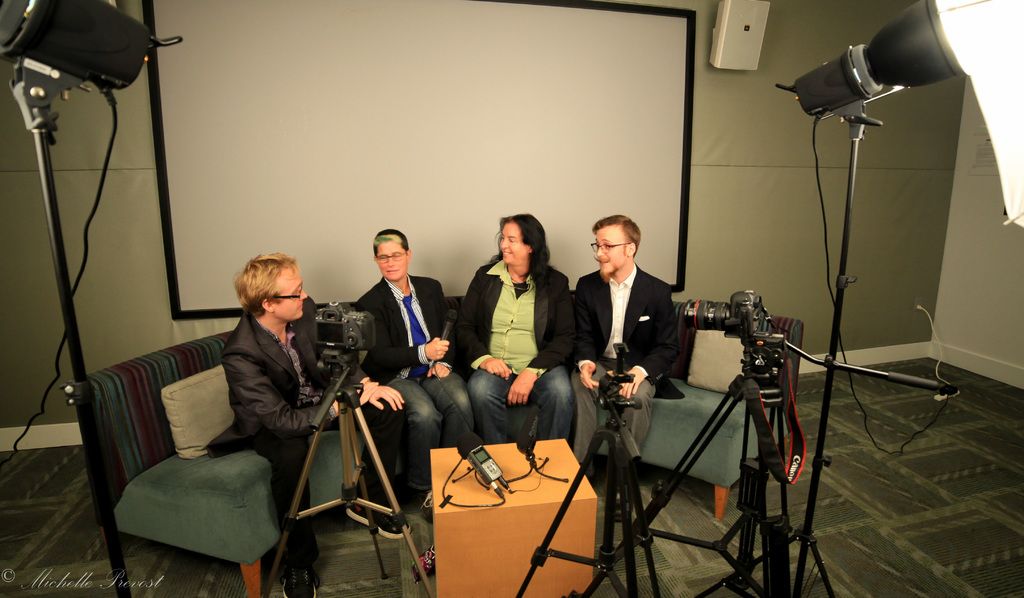Forging Lasting Business Connections: Crucial Factors for Success
In this engaging conversation with Rand Fishkin, founder of SparkToro.com, Moz, and Inbound.org, we dive into the fascinating blend of his business acumen and people skills.
Who is Rand Fishkin, Really?
Rand isn't just a tech whiz—he's also a people person, an intriguing mix of introvert and extrovert that sets him apart. Some of my introverted buddies even have strategies for managing their friendships and relationships to accommodate this unique profile.
Does This Sound Like You? Got a Friendship System?
Rand doesn't have a structured system, but he has a simple credo for all his interactions: he doesn't distinguish between professional and personal friendships. If he has love for you professionally, he has love for you personally.
Culture and Values
At Moz, Rand established six values, TAGFEE: transparency, authenticity, generosity, fun, empathy, and exception. But what's the big deal about values? They're crucial for keeping a team aligned and moving in the same direction, especially during the tumultuous starting phases of a startup or a newly funded business. When things get murky or fiery, a team can always come back to their core values as a compass, guiding them towards openness and authenticity.
Action Step: So, what are your values? What kind of vibe do you want your team to have? Make sure you have the self-awareness to know what your values are and find team members who share the same values.
In Fishkin's book "Lost and Founder," he provides specific questions to help you pinpoint your team's values. Give them a try!
- What traits and behaviors should be recognized and rewarded in our employees? Which ones should be discouraged?
- What is your preferred form of communication and why?
Why is that so important for a team?
Rand underlines that communication is vital, especially in tech-savvy organizations. So, establish your preferred medium, like the chat-based platform Slack, and remove the clutter of multiple communication methods. Ask potential team members their preferred method early on and make sure everyone communicates effectively within your team.
Competence vs. Culture Fit
Rand sheds light on the dilemma between competence and culture fit. You might have an incredible culture fit on your team—a perfect match on communication style, shared values, and common deal-breakers—but their work output is struggling. Or, you could have a technically brilliant team member who excels in a specific area but is a bad fit culturally, causing discontent. The challenge? Many organizations prioritize the competent employee over the cultural one.
Action Step: If someone on your team is not a culture fit, catch it early and coach them. Highlight the importance of good culture fit to your technically gifted team members, and work to help your team members with poor culture fit improve. It's easier to boost work output than it is to change someone's personality.
Outreach, Not Overload
Building strong professional bonds calls for light, frequent interactions. Try these tips to keep things friendly:
- Send a Quick Ping: Fire off a short message like "Your input was insightful" or "I appreciate your creative flair in that project."
- Keep it Genuine: Don't pitch or push; just share your thoughts.
- Make it Personal: Tie your message to something they care about, like saying "Your time-saving tip made my week."
- Space it Out: Aim to message them once a month; less frequent contact keeps things fresh.
Wrap-Up
- To build your team culture, start by asking value-based questions.
- Define your professional deal-breakers.
- Align on your preferred communication method.
- Leverage the competency/cultural fit to make changes.
Go ahead and make a splash with your team. Join Rand Fishkin at SparkToro.com or on Twitter for more insights.
Enrichment Data:
Rand Fishkin's principles and action steps for team culture and values can be effectively applied in the real world by focusing on several key areas:
1. User-Centricity in Business Culture
Fishkin emphasizes basing decisions on user behavior and priorities rather than internal assumptions. This can be adopted as a cultural norm within teams, involving gathering qualitative and quantitative data across the customer journey to understand and address user needs and challenges. It results in tangible improvements in engagement, retention, and advocacy.
2. Insight-Driven Decision-Making
Fishkin puts heavy emphasis on making data accessible and actionable across teams, fostering transparency and informed decision-making based on shared insights. Consistent access to metrics, user behavior data, and feedback provides teams with a 360-degree view of their users, enabling them to make data-driven decisions that meet user needs and drive growth.
3. Consistency Across Channels and Messaging
Effective communication is crucial for nurturing trust with users. Eroding trust occurs when messaging is inconsistent across touchpoints. Therefore, businesses need to ensure consistent expectations at every user interaction—from advertising to onboarding—and deliver consistently.
4. Building Emotional Connection
Emotional connections are vital for creating loyalty and trust with users. This can be achieved through personalized content, timely outreach, community engagement, and support. By fostering a long-term focus on users, businesses can improve retention and advocacy.
5. Founder and Leadership Adaptation
Fishkin's broader reflections on founder and CEO roles suggest that they must transition from scrappy founders to strategic leaders as their companies grow. This can be achieved through a combination of leadership development, cross-functional collaboration, and a focus on the qualities that define an ideal customer and team member. Adopting this mindset can help founders grow their companies while maintaining alignment with their core values.
- In the realm of business and leadership, Rand Fishkin's influence extends to his approach to team culture and values, which he considers essential for maintaining alignment and guiding a team during challenging periods, such as the startup phase or when a team is newly funded.
- Weaving finance into this equation, it is evident that the connection of a strong team culture to the success of a business is not mere conjecture, but a crucial factor in making prudent financial decisions and driving business growth.




